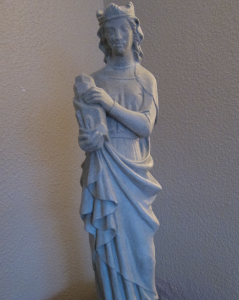
Er det mange ting i den katolske tro du ikke forstår? Flere har undret seg før deg, og noen vil gjerne fortelle videre hva de selv har fått se. Sjekk listen over «frequently asked questions» som er samlet på nettsiden til Oslo katolske bispedømme. Nettsiden åpner seg i en egen fane.
Hører du til Den norske kirke? Les bloggen til ei som har inngående kjennskap til både Den norske kirke og Den katolske kirke. Med utgangspunkt i vårt lands historiske røtter til Sta. Sunniva skriver Ragnhild H. Aadland Høen om
Levende, helt alminnelig kristen tro
→ Sjekk særlig den omfattende tags-listen på menyen til høyre, «Les mer om».